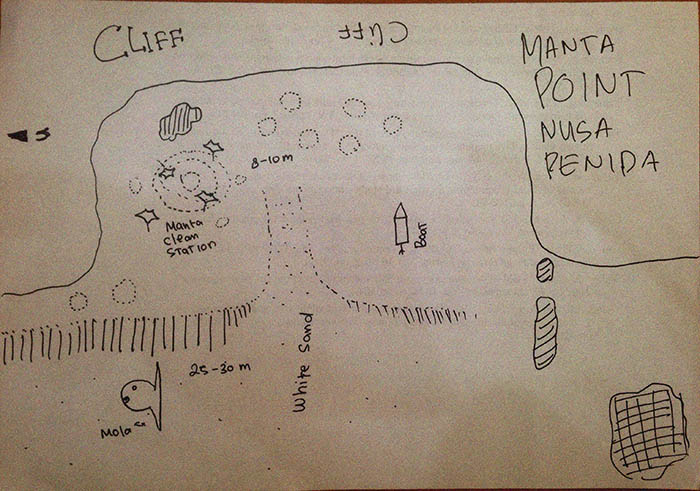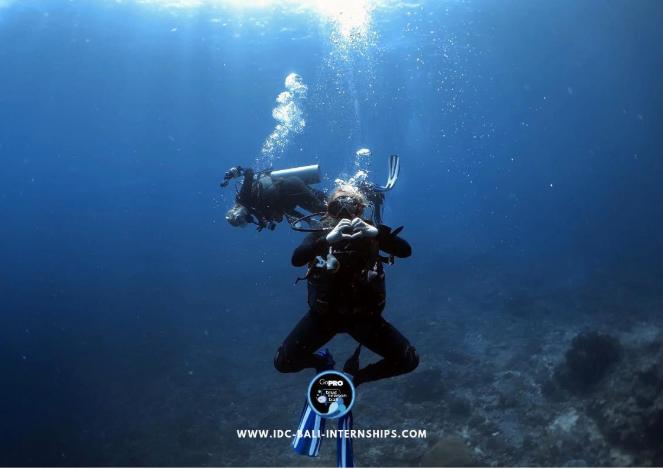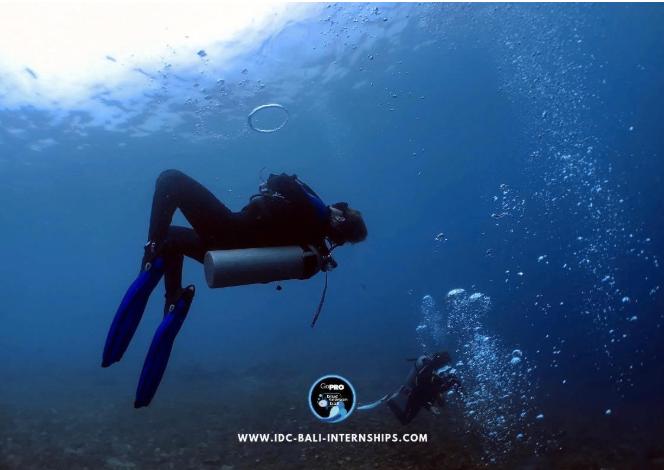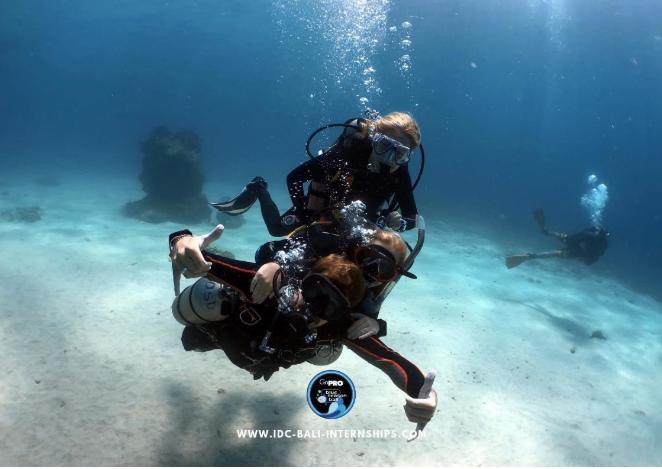Divemaster Internship – Develop an Emergency Action Plan (EAP)
Emergency Action Plan (EAP)
If you gonna be a divemaster it is important to appreciate the precarious nature of the environment you will be working in. It is true that a trained diver can have a lot of fun in the water without any mishap but as it happens, accidents are bound to occur.
 As a divemaster, you have to know how to handle such emergencies even in the most remote diving sites. When training your charges in a Divemaster Internship, it is important to emphasize the need for safety skills and the ability to handle any emergencies during the course and when your trainees start practice.
As a divemaster, you have to know how to handle such emergencies even in the most remote diving sites. When training your charges in a Divemaster Internship, it is important to emphasize the need for safety skills and the ability to handle any emergencies during the course and when your trainees start practice.
Why Develop an Emergency Action Plan (EAP)?
While you might have the best training in the trade, it is always advisable to have an Emergency Action Plan (EAP) in place. This minimizes confusion whenever an accident happens and it is a big step towards avoiding fatalities and minimizing the extent of the damage. When developing an EAP, some of the things that should guide you include:
- Purpose – The main purpose of an EAP is to give directions to bystanders about who to contact and how best they can access the scene of an accident. The information should be concise to avoid confusion. Make sure you look up the local Divers Alert Network (DAN) for emergency contact numbers and ensure they are included in the EAP.
- Main expected emergencies – A good EAP should also highlight the main accidents expected in a diving site. When you know what to expect in a diving site, it not only becomes easier to avoid such accidents but you are also able to handle any type of emergencies more effectively.
- More important locations – As a divemaster, you already know the locale better and you can include even more information regarding the location of the nearest hospitals and emergency professionals in such facilities. The location of on-site emergency equipment such as oxygen kits and first aid kits should also be included. The number of the nearest telephone should also be in the emergency assistance plan in case the emergency team needs to call back.
- Map of the diving site – This is a critical aspect of an EAP, albeit one that is mostly overlooked. The map should include the nearby landmarks to help any emergency rescue team to easily find you.
As a trained diver, your EAP will come naturally for you as you get more experience and involved. Your divemaster Internship will prepare you for any emergency situation. Contact us now for more information about divemaster internships in Bali.




